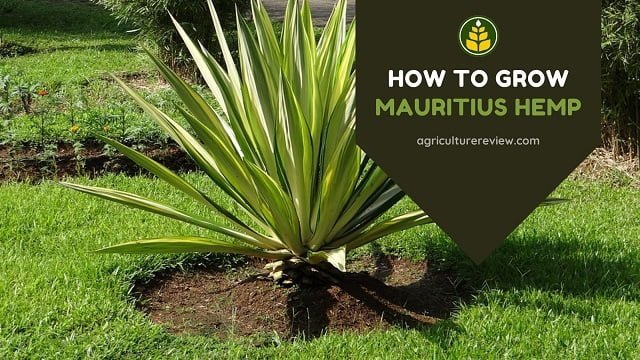Chrysanthemums, also known as mums are a group of perennial, herbaceous flowering plants from the family Asteraceae, and are native to East Asia and northeastern Europe. There are numerous horticultural varieties and cultivars of chrysanthemum exist in the world that vary in height, color, flower size, and time of bloom, therefore there is a wide range of choices according to your needs.
Moreover, if you want to fill your garden with colors during winter, then growing chrysanthemums in your garden can be the brightest idea. You can grow from one to as many plants as you want, but to create an eye-catching effect, growing at least 20 to 40 mums of a single shade is considered an effective approach.
How To Care For Chrysanthemums?

- Sunlight: Daily 5 to 6 hours of bright direct sunlight is good for the growth of chrysanthemum plants and intense flowering, but you can also keep them in bright indirect sunlight. However, in indirect sunlight, the foliage growth and flowering might get slightly reduced. Avoid keeping mums in low or zero light conditions.
- Soil & Potting Mix: Well-drained loamy to sandy loam soils rich in organic matter are best for planting mums. To prepare an ideal potting mix for chrysanthemums, use 40% garden soil + 40% vermicompost + 20% cocopeat to prepare the potting mix. In this mixture, you can also add a tablespoon of bonemeal and a handful of neem cake fertilizer.
- Watering: They enjoy frequent but light watering. Whenever the top layer of the soil seems dry, you can water your mums, but avoid waterlogging as it can cause root rot. That’s why select an earthen flowerpot of at least 8-inch diameter with drainage holes at the bottom to plant chrysanthemums.
- Fertilizers: During the initial growth stage, fertilize your chrysanthemum plants with one to two handfuls of vermicompost or cow dung manure once every month. Once the plant reaches the desired height, along with one handful of vermicompost you can also use onion peel fertilizer to promote bud formation. Once flowering starts, then stop fertilizing your plants.
- Pruning: To get intense flowering and maintain healthy growth in chrysanthemum plants, pinch back the branches and initial buds to the desired height to promote the growth of new branches and buds. In this way, you can cover an 8-inch pot completely with a single chrysanthemum plant.
- Blooming Time: Generally, chrysanthemums flower from mid-August to January and you can start planting them from June to July depending on the local climatic conditions.
- Pests & Diseases: Pests such as thrips, aphids, leaf-eating caterpillars, etc. can damage your chrysanthemum plants. To control them, you can spray neem oil or use a cotton swab dipped in alcohol to wipe them out. To prevent fungal diseases in chrysanthemums, avoid over-watering or waterlogging and wetting of leaves while watering.
If you have any queries, ideas or suggestions, then please comment below. You can also connect with Agriculture Review on Facebook, Instagram, Koo and WhatsApp Messenger.



